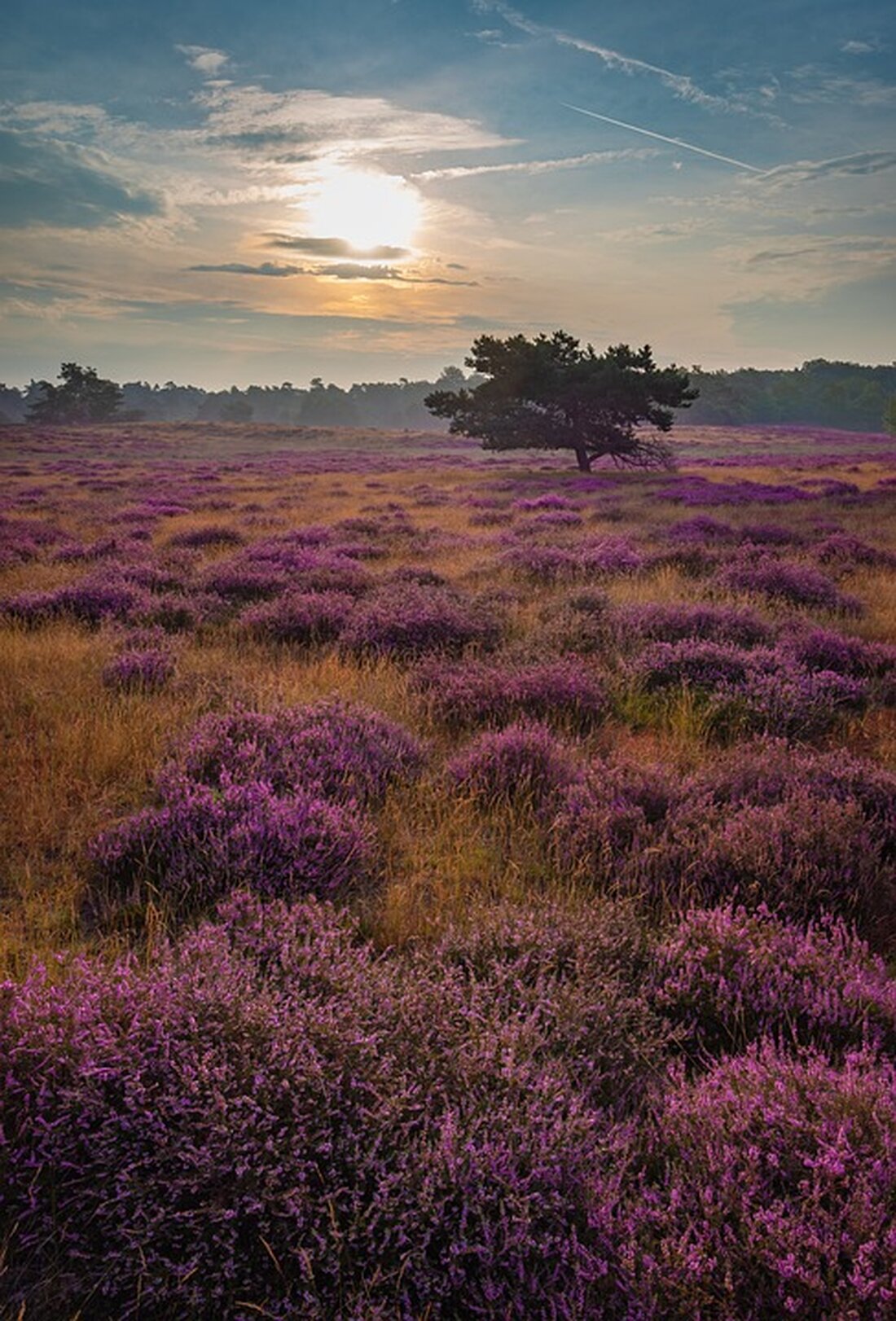Butterfly paradise Kyritz-Ruppiner Heide: Diversity and nature conservation united
Discover the variety of butterflies in Sielmann's natural landscape Kyritz-Ruppiner Heide. Find out why this unique biotope with over 264 registered butterfly species is a paradise for nature lovers. Read how nature conservation and care contribute to the preservation of these fascinating ecosystems.

Butterfly paradise Kyritz-Ruppiner Heide: Diversity and nature conservation united
butterflies of the Kyritz-Ruppiner Heide: A successful model of nature conservation
The Kyritz-Ruppiner Heide, an important natural landscape in Brandenburg, proves to be a haven of biodiversity again. The latest surveys show that numerous types of butterflies in this region not only survive, but are native to stable stocks. These discoveries are not only fascinating, but also a clear sign of successful nature conservation measures.
gratifying surveys among the butterflies
The current investigations, carried out by the Heinz Sielmann Foundation, showed the presence of impressive 264 large butterfly species in the Kyritz-Ruppiner Heide. Particularly noteworthy is the high number of heater types, of which 31 find their home exclusively in heath landscapes. This diversity indicates a healthy and balanced environment that ensures the existence of these sensitive beings.
The withdrawal of the endangered species
The return of the endangered heather stain spanner, which was last spotted in the region in 1995, is particularly revealing. This rediscovery testifies to the successful efforts to maintain its preferred habitats - large, open pagans with sandy places. The persistence of nature conservation in this region has contributed to the fact that such highly specialized species that have already disappeared in other areas get a new chance here.
The challenges of landscape maintenance
The preservation of the unique heath landscapes is not a sure -fire success. The experts from the Sielmann Foundation point out that these areas would gradually become overgrown without targeted care. Former military exercises on which the heath landscape was preserved currently offer the basic stock for the wealth of species. However, the use of fertilizers and artificial light from agriculture remains a serious threat to the sensitive ecology of this region.
a state of fragility
These findings show how important it is to actively maintain the heath landscapes in order to counteract the increase in dense vegetation. The nature conservation experts emphasize that the balance of the ecosystem is subject to constant challenges. "If we were not regularly checking the vegetation, the heath could quickly go into a forest," says Dr. Jörg Müller, who is responsible for ecological monitoring.
versatile habitats for different types
Not only butterflies benefit from the care of this unique landscape. Many endangered bird species and other animal and plant species also find an ideal habitat here. This illustrates the importance of the Kyritz-Ruppiner Heide not only for the butterfly population, but for the entire ecosystem. The wealth of species here is an example of the success of nature conservation, but also for the challenges that are still ahead of us.
conclusion: a valuable place to maintain biodiversity
The Kyritz-Ruppiner Heide is not only a retreat for many endangered species, but also a prime example of the effectiveness of nature conservation measures. The preservation of this unique landscape is crucial for the future preservation of biodiversity in Brandenburg. The continuous efforts of nature conservation organizations not only offer a glimmer of hope, but also encourage the commitment of the community to protect our natural resources.
For more information about the Kyritz-Ruppiner Heide and nature conservation, visit the website of the Heinz Sielmann Foundation.

 Suche
Suche
 Mein Konto
Mein Konto
